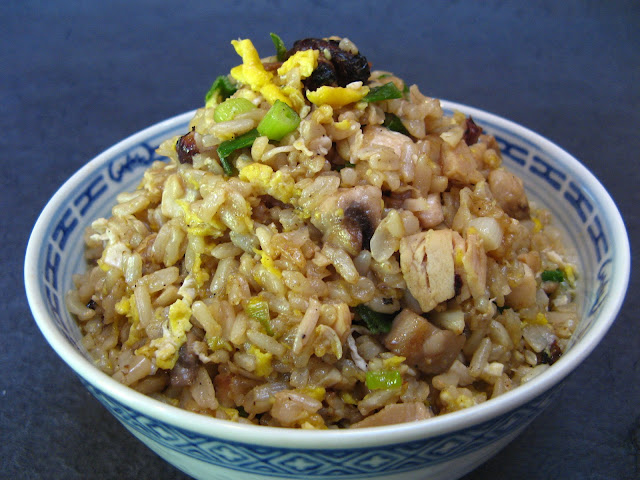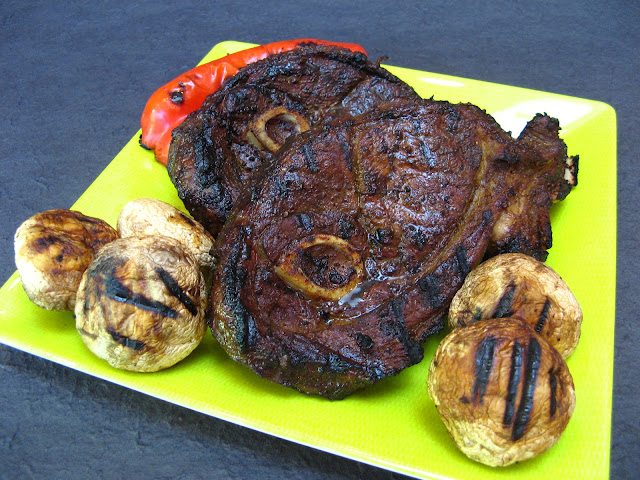This recipe was updated on 16 Jul 2014. Some instructions and ingredient quantities were changed, as well as the addition of
metric measurements.
You can never eat too much tripe. For those unfamiliar with
tripe, it’s (one of the) cow’s stomach. Here’s another recipe using poached honeycomb
tripe, but the poaching liquid does not have any soy sauce. If you want a soy
sauce poached tripe recipe, you can look at the Soy
Sauce Beef Tripe with Sour Mustard (酸菜豉油牛柏葉, Syun1
Coi3 Si6 Jau4 Ngau4 Paak3
Jip6) recipe. The tripe is poached so that it comes out white in
color (close to the original uncooked color) and is then used in a classic
black bean sauce stir fry recipe.
The non-classic addition to this recipe is sliced lotus
root. Sliced lotus root is crunchy and has the distinctive holes that make this
root so appealing. It actually is the root of the lotus flower that you find
floating in ponds. You can buy lotus root fresh or pre-sliced in a package at
your local Asian market. Fresh lotus root is crunchier than the pre-sliced
packaged version, but if fresh lotus root is not available, the packaged
version is a good substitute.
Enjoy!






